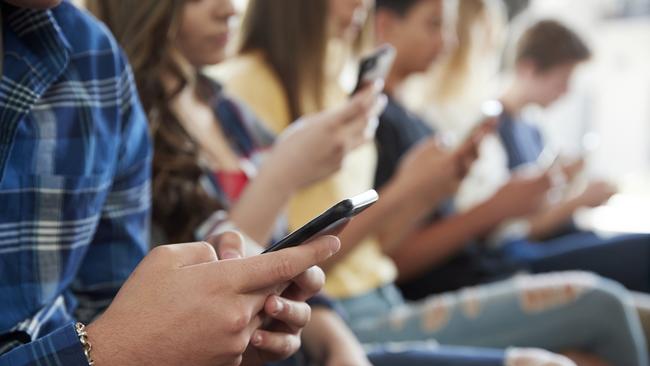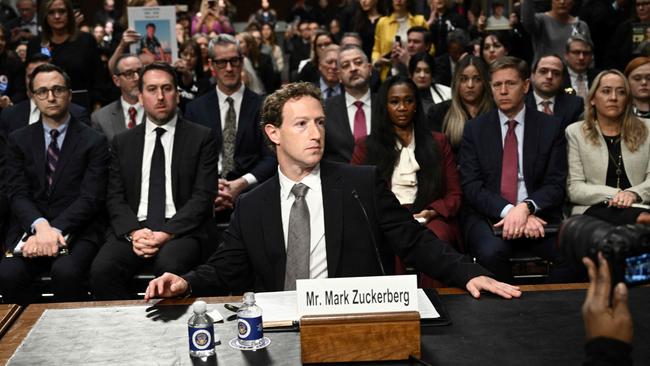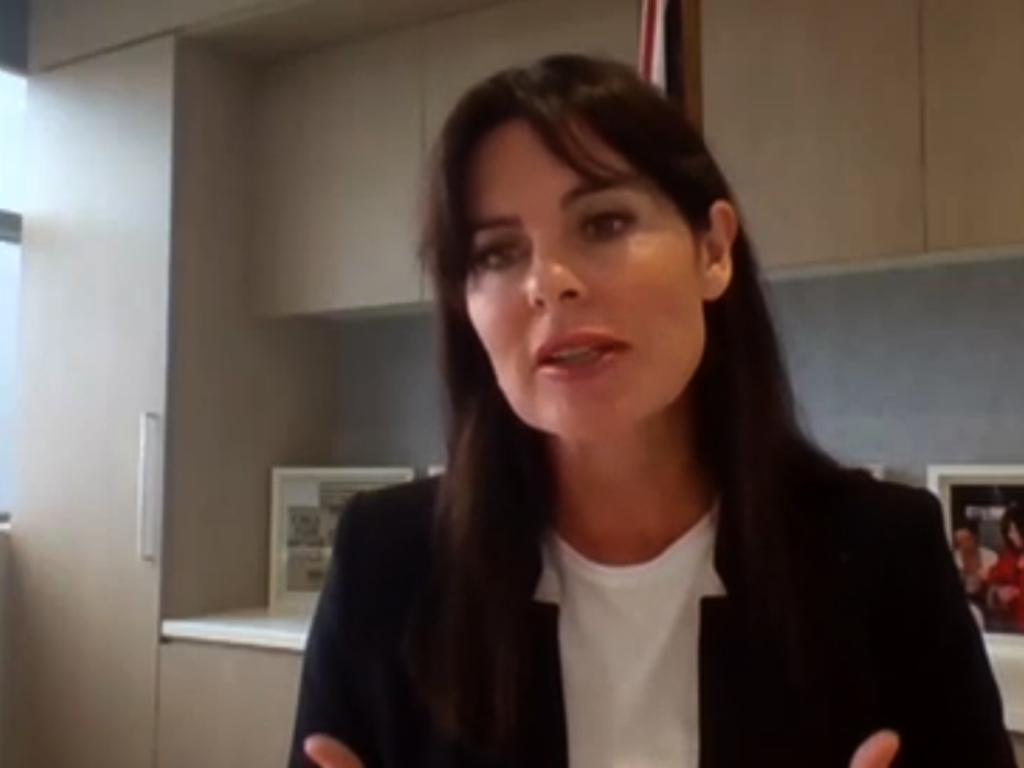
“It is of the utmost importance that schools be active on Instagram,” writes one marketer, “Why? Because that’s where the students are. The Instagram platform is quickly becoming every student’s dream destination.”
But it’s not a dream for everyone. Last week, when Mark Zuckerberg appeared before US Senate Judiciary Committee, he was heckled by parents who had lost their children in suicides linked to social media.
While social media, including Instagram, has been a boon to marketing professionals, its downsides appear to have hit young people hardest.
We know about the generational increase in depression and anxiety. We know about cyber bullying, sextortion scams and online sexual predation. The evidence of harm has become so overwhelming that some are now saying young people should not be on social media at all.
Earlier this month, senators in Florida moved forward with a proposal that if passed would ban social media for children under the age of 16.
Such proposals have come on the heels of investigations that have found pedophile networks are more connected and more extensive on social media than previously thought. In a 2800-word investigative report published in The Wall Street Journal in June, Jeff Horwitz and Katherine Blunt could not have been clearer.
“Instagram, the popular social-media site owned by Meta,” they wrote, “helps connect and promote a vast network of accounts openly devoted to the commission and purchase of under-age sex content.”
According to the report, in the years between 2020 and 2022, Meta’s policy enforcement teams dismantled 27 abusive networks. In January 2023 they banned 490,000 accounts for violating child safety policies. That’s half a million accounts in just one month.
But predatory accounts are still there. All I had to do to find some this week was search hashtags such as #gymnastics and #childmodels, and instantly I was served images of children in leotards and swimsuits, with grown men flooding them with “likes” and comments. Many of the images I found appeared artificially generated, consisting of children’s faces on adults’ bodies.
“Instagram doesn’t merely host (child sexual exploitation) activities. Its algorithms promote them,” wrote Horwitz and Blunt in The Wall Street Journal. “Instagram connects pedophiles and guides them to content sellers via recommendation systems that excel and linking those who share niche interests.”
The WSJ report describes a large ecosystem of varying levels of criminality. Some accounts post menus where sexualised content can be purchased directly. Others share pro-pedophilia memes, while others discuss their access to children. According to the WSJ, the “number of accounts that exist primarily to follow such content is in the high hundreds of thousands, if not millions”. In sum, it is not a safe place for children.

It is for this reason that I don’t think our schools should have Instagram accounts. In Australia, however, many of them do. Private schools in particular seem to use Instagram heavily, marketing their schools to the public with photos of pupils engaging in various activities.
These accounts are used for the good intentions of building community and promoting the school’s brand. At the same time, however, all of this could be done without broadcasting children’s images to billions of anonymous Instagram users, some of whom are known to have malicious intent. School principals and parents might also want to reflect on whether we want Instagram to feature so heavily in our lives, to the point where we cannot organise or build communities without it. The US Surgeon-General issued a warning last year that social media presents a “profound” risk to developing children.
Shouldn’t our educators and school leaders be taking this more seriously? And shouldn’t they be working towards reducing our dependence on social media, rather than increasing it?
I imagine that if pressed, many school principals would point to the fact that many other educational institutions have Instagram accounts, and the risks of having one can be managed. This is broadly true. The absolute risk of encountering predators is small, while the benefits of having an account and connecting with parents and the broader school community are immediate.
But this also reflects the social media trap, in which the more widely used a platform becomes, the harder it is to leave it, even when the downsides are obvious and unavoidable. Network effects mean it is very difficult for teenagers to abstain from using social media – even when they want to. The fear of missing out, the addictive positive feedback loops, and peer influence, create cycles of dependency and compulsion.
Many teenagers remain active on platforms, even when they know they aren’t good for them, simply because everyone else in their social network is there. It’s a classic collective action problem.
The irony is that the institutions that are charged with teaching our youth appear to suffer from the same cycle of dependency and compulsion. Schools are on social media because every other school is. Institutions broadcast images of pupils because the risk has become normalised. Everyone else is doing it, so that must make it OK.
Rather than perpetuating the cycle of addiction, educators and school leaders should prioritise the wellbeing and safety of students by actively working to reduce reliance on social media. Out of all of our institutions, our schools should be leaders in fostering healthier means of communication and community-building.
Claire Lehmann is founding editor of online magazine Quillette.







Should our schools have Instagram accounts that post images of children online? If you ask marketing professionals, they will tell you that it’s not just desirable, but essential.